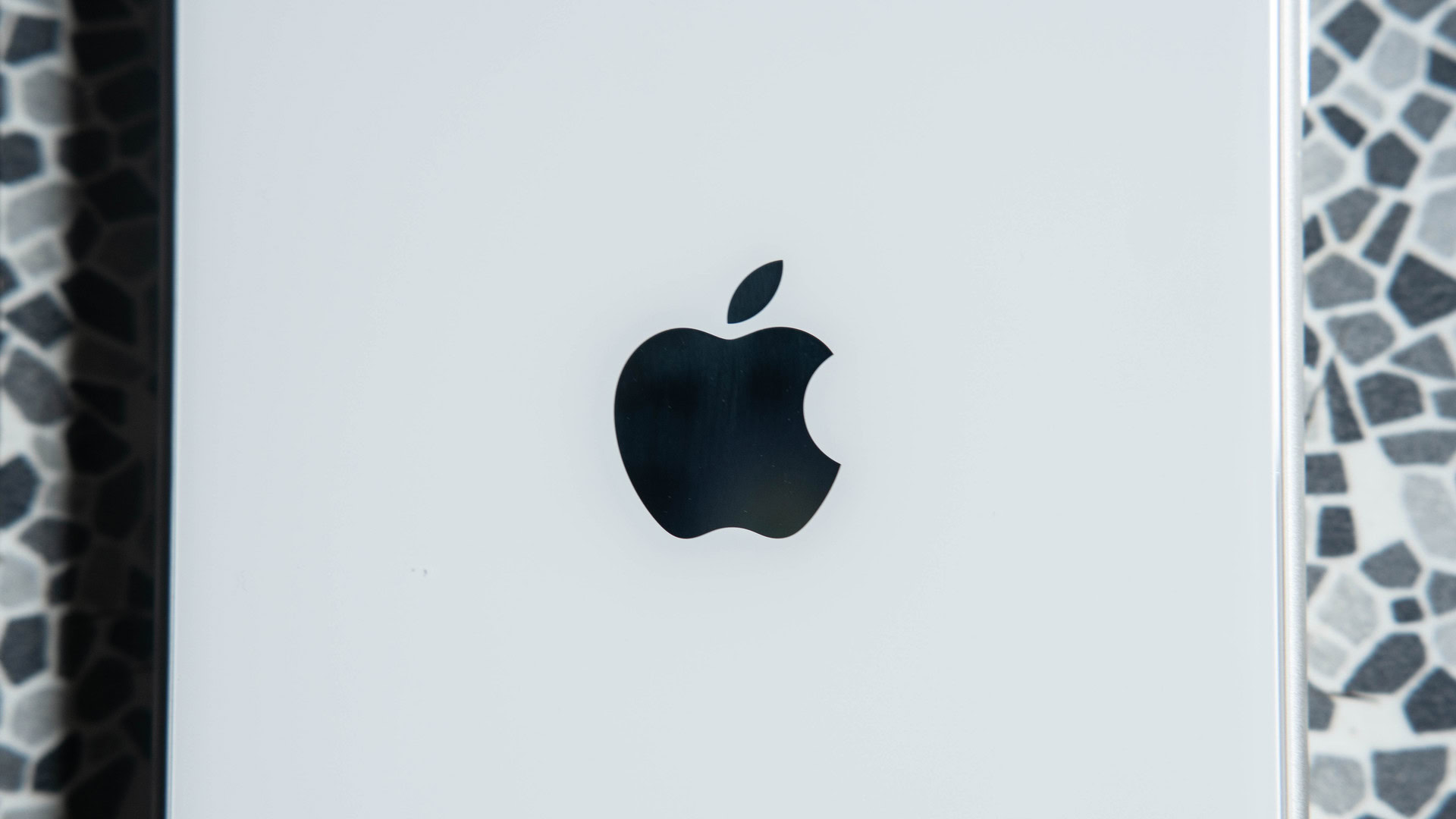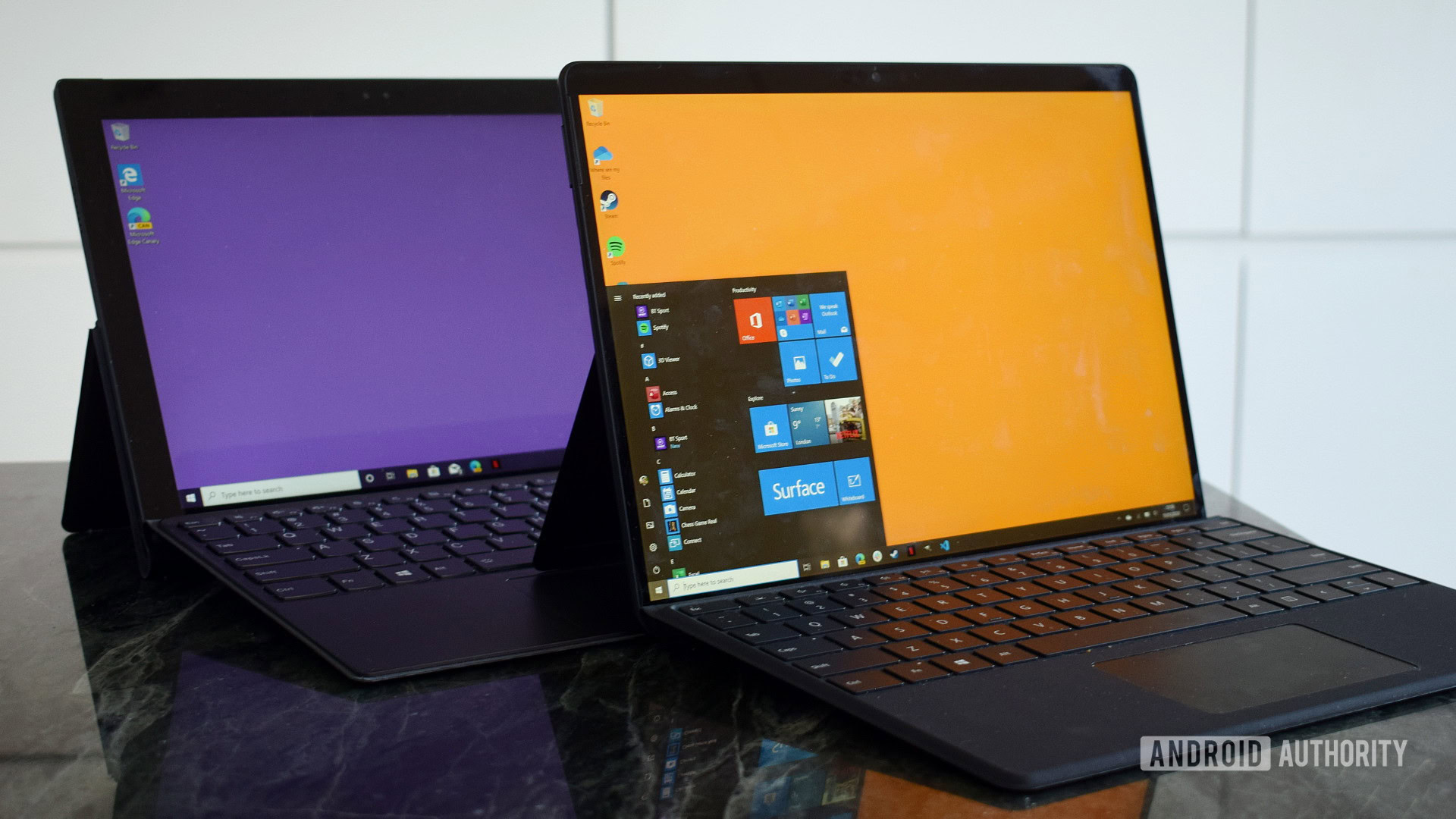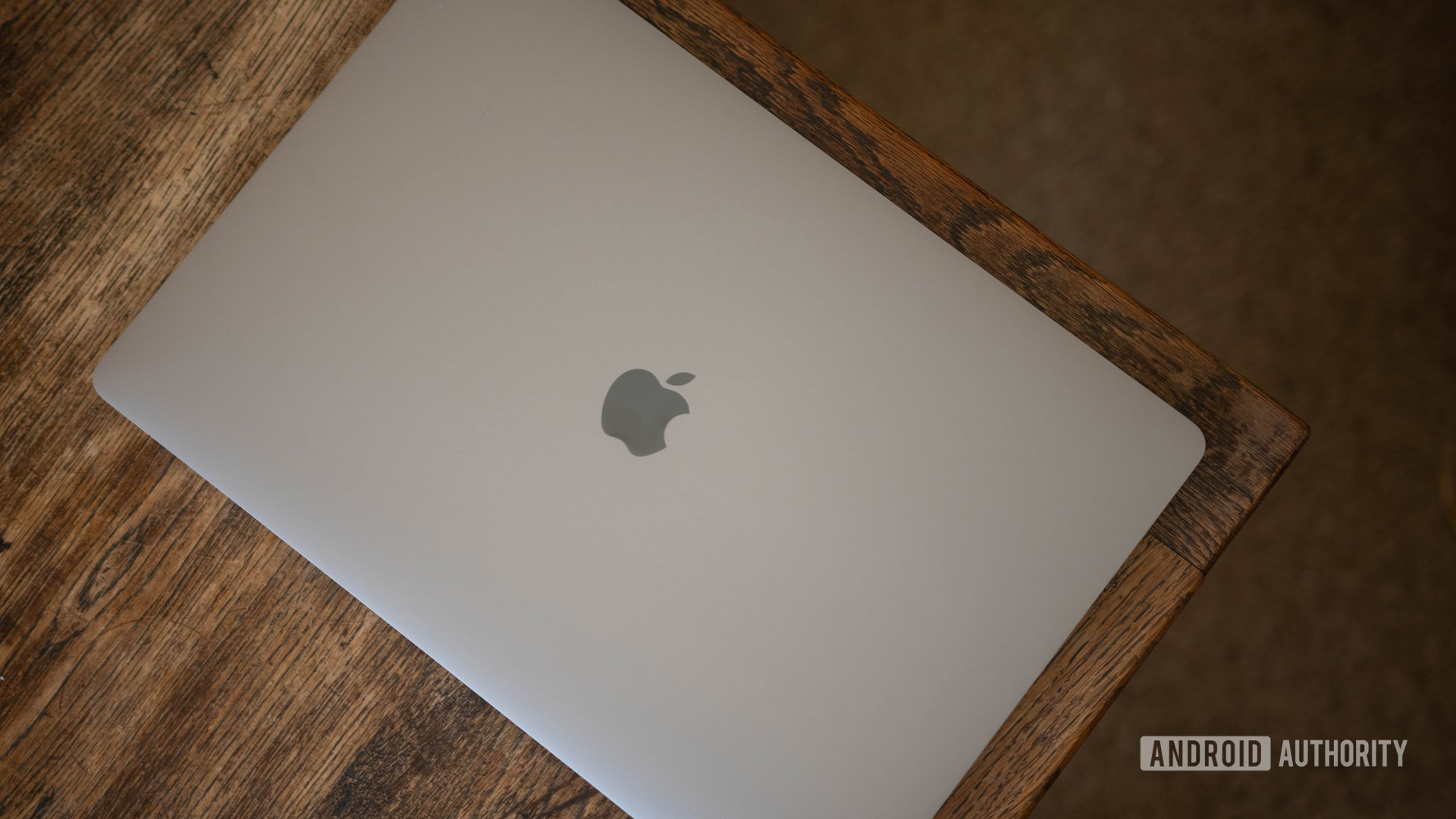Affiliate links on Android Authority may earn us a commission. Learn more.
Don't be duped by performance, Apple's M1 silicon is all about platform control

With the dust settling on Apple’s first Arm-based Macs and new M1 chip announcements, it’s time to take stock of what this means for one of the industry’s biggest computing ecosystems. The transition to Arm CPUs is a major shift that will be felt across the industry in the coming years. The energy efficiency benefits for consumers are obviously great, but the change is likely to be a headache for software developers who need to go back and rebuild their apps.
While Apple looks to have produced some very powerful silicon based on initial reviews and testing from the tech-sphere, the need for emulation means we should take its performance claims with a pinch of salt. After all, software emulation takes a toll on both performance and power consumption. We’ll be putting the chip and one of Apple’s new laptops through their paces very soon to find out for sure.
However, what we can say is that this transition is already proving to be a pretext for greater ecosystem control.
Increasing dependency on the App Store
Switching the CPU architecture that powers your app ecosystem is no small feat. To assist developers with the changeover, Apple launched a new Xcode 12 developer toolset. To quote Apple, Xcode produces one binary “slice” for Apple Silicon and one for Intel. It then wraps them together as a single app bundle to share or submit to the Mac App Store.
That’s pretty handy, as it means you can just hit install in the store without having to worry about downloading the right version. However, there’s a clear nudge for developers to publish their recompiled apps to Apple’s store. Especially for older apps that may not have contemplated store deployment several years ago. Microsoft has a similar solution using Visual Studio to produce Universal Windows Platform (UWP) apps for the Microsoft Store.
Everyone likes a good app store for simplicity’s sake. However, developers have to abide by more rules if they choose to publish on storefronts. Disagreements over T&Cs gave rise to the lawsuit between Apple and Epic games earlier in 2020. We shouldn’t forget that Apple also takes 30% of all sales on both mobile and Mac storefronts from all developers earning over $1 million per year. Up until recently, this commission rate applied to all developers. However, the newly introduced Small Business Program will soon ensure that Apple will only take 15% from those developers under the threshold.
The lure of store exposure may temp smaller developers to play by Apple's rules.
Nevertheless, Apple’s tight control over its store ecosystems has historically worked against the interests of app developers and users. For example, Microsoft Office’s launch on the Mac App Store was delayed while the two companies figured out app bundling and subscription issues.
That said, Arm versions of Adobe Photoshop and Blizzard’s World of Warcraft are still installed through their respective launchers. Big companies can certainly exist outside the store. Apple isn’t forcing developers to break with self-hosted app installs. At least not yet. However, the lure of store exposure may temp smaller developers to play by Apple’s rules and even the reduced commission rate still leads to healthy revenue for the Cupertino giant.
In addition, Apple is looking to increase cross-compatibility between its macOS and the far more closed off iOS ecosystems. Arm-based iOS applications already run natively on M1-powered Macs. The future goal is surely apps running seamlessly on both platforms. However, there’s no .dmg or .pkg for iOS, only the App Store, and Apple isn’t friendly to jailbreaking. Cross-platform devs targeting iOS and macOS will have no choice but to sign Apple’s T&Cs and pay the App Store tax.
Goodbye Boot Camp and Hackintosh

Apple’s latest hardware announcement also has implications for two niche use cases of its laptop platform — Boot Camp and Hackintosh. Both are unlikely to continue working as Apple transitions away from x86.
Apple has confirmed that Boot Camp support isn’t coming to Arm-based Macs unless Microsoft has a change of heart. Microsoft only licenses the Arm version of Windows 10 to PC manufacturers. Therefore there’s little prospect of running native Arm Windows on Apple hardware. Instead, those looking to work with both operating systems on a single device will be limited to virtualization. However, it appears that popular virtualization software won’t work with Apple’s Rosetta 2 emulation, so it will have to be completely rebuilt.
Apple has confirmed that Boot Camp support isn’t coming to Arm-based Macs.
The transition has similar implications for users looking to run Mac OS on non-Apple hardware. Mac OS continues to support x86 for now, so Hackintosh builders are safe in the medium-term. But the far-out picture points towards Arm-only support before the turn of the decade. Securing compatible hardware is set to become much more difficult if/when Apple phases out Intel support. Of course, we may have many more Arm-based PC platforms by then. However, off-the-shelf part support will depend on how deeply the company eventually integrates critical Mac OS functionality with its bespoke hardware.
Moving to Arm certainly wasn’t designed to kill off Boot Camp and Hackintosh. It’s merely a side effect that also happens to further limit consumer options for interacting with Apple’s ecosystem.
Cutting ties with Intel means killing apps

Apple’s desire to end its dependency on Intel is no secret. Rumors suggest the company hasn’t been happy with Intel’s chip progress for years, and Apple is footing the cost. It makes economic sense for the Cupertino company to leverage its mobile silicon team for laptops. But moving away from x86 relies on emulating old applications built for that architecture. Apple’s solution is Rosetta 2. However, it’s highly unlikely that the company intends to keep emulation around for very long. Rather, it’s a tool to ease the transition period away from Intel and onto its own silicon.
Some sort of deadline, even a non-official one, encourages developers to actually compile native Arm apps rather than relying on emulation for years. However, older applications at the end of support roadmaps may never be recompiled. Likewise, Rosetta also can’t interpret a number of Intel CPU extensions, meaning that some high-performance apps may not even work on Arm Macs.
Using in-house processors, rather than Intel, will boost Apple's bottom line.
Either way, the clock is ticking for x86 applications on Mac OS. Apple has form for killing off emulators in just a few years. The original Rosetta, released with OS X Tiger for PowerPC emulation during the switch to Intel, was discontinued by OS X Lion. Apple considered the transition complete after just three OS generations, although emulation support ended up spanning six years.
Apple still plans to use Intel chips for at least one more generation of products. But the M1 undoubtedly kickstarts a transition away from x86 silicon. At some point in the not too distant future, old x86 applications will cease to run on Macs, as emulation support won’t run forever. This will be a headache for developers in the medium term. Yet, Apple stands to gain with both a firmer grip on hardware and software, as well as a healthier bottom line from in-house chip sales.
Are there any benefits to platform control?
Apple gave up on PowerPC in 2006 due to a combination of lower clock speeds, sluggish innovation, and the expense of IBM’s processors. Today, similar pricing and innovation issues have reared their head with Intel. Although for consumers, the improved performance per watt from moving to Arm is the key benefit.
However, that marginal improvement hardly seems worth upsetting the entire Mac OS developer and consumer software ecosystem. Intel Macbooks have decent battery life and great performance after all. It’s also odd that the company didn’t seem to consider the increasingly potent chip portfolio over at AMD.
The move to Arm silicon is as much about platform control as it is about driving innovation.
What Cupertino really wants more control. First over the development roadmap and inner working of its silicon. With in-house processors, Apple can drive integrated imaging, machine learning, and security features in the direction it wants. Deeper hardware and software integration seems inevitable. At the same time, switching to the Arm architecture gives Apple greater leverage in the software space. Tighter integration with its security APIs, app verification, biometrics, credit cards and payment info are all possible with new silicon and software APIs. As a result, developers are not so gently nudged into its app store to ensure product compatibility and make use of cross-platform support with iOS.
We’re still some years away from the complete transition to Arm. However, Apple’s end-game is a tightly controlled, unified hardware and software ecosystem across wearables, mobile, and PC. Whether this is in the best interest of consumers remains to be seen.
Up next: Does Google have a reply for Apple’s all-in-one ecosystem?
Correction (November 22, 2020): This article originally stated that Apple takes 30% of all sales on both mobile and Mac storefronts. This article was written before Apple announced changes to the App Store commission rate for some developers through its Small Business Program, starting in 2021. The article has been amended to reflect these changes.
